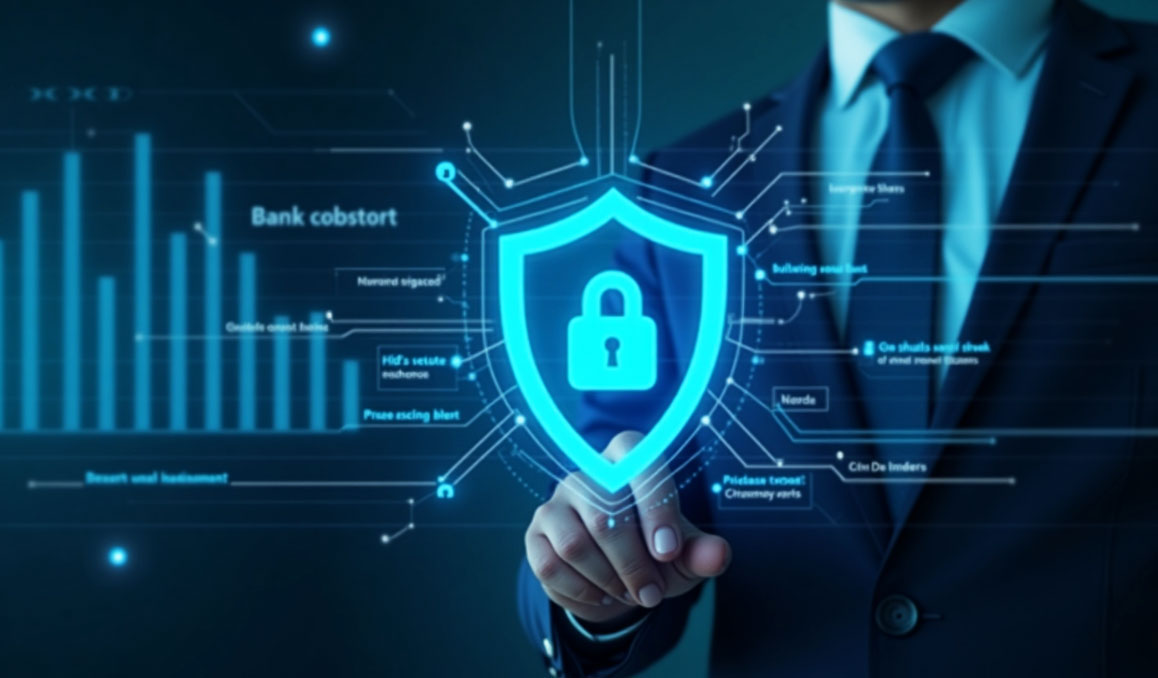Introduction
Digital transformation in India’s financial sector has brought unprecedented opportunities – and unprecedented cyber risks. The attack surface has increased manifold with the adoption of technologies such as UPI, mobile banking apps and digital wallets. Further, the regional language barriers, peak transaction volumes during festivals and phishing attacks are additional problems introduced by the integration of rural and semi-urban populations into the digital economy.
In this context, deception technology stands out as a groundbreaking tool, offering proactive solutions to detect, engage, and neutralize cyber threats with precision.
Emerging Cybersecurity Hurdles for Financial Institutions
There are many specific challenges that financial institutions in India have to address, some of which include:
1. More Sophisticated Cyber Attacks: Advanced Persistent Threats and ransomware attacks increasingly target sensitive customer and financial information, among other data.

2.Regulatory Pressures: Regulatory bodies like the Reserve Bank of India have put in place considerable rules and guidelines related to cybersecurity, which ultimately compel banks and other financial institutions to implement stringent security measures.
3.Insider Threats: There can be unauthorized access to sensitive systems by employees or contractors, which leads to security breaches either unintentionally or on purpose.
4.Digital Footprints: Increased digital/online banking, UPI transfers and other fintech innovations have increased the pathways through which cyberattacks can be made, giving a wider field to hackers.
What Exactly is Deception Technology?
Deception technology, or a deceptive approach to cybersecurity, relies on decoys, traps, and fake appearances to lead attackers away from critical systems and data. Conventional defences have prevented intruders from getting in; in comparison, deception strategies work from the assumption that a breach has already occurred. This technology confuses the attacker, slows them down, and gives insights into the tactics and techniques used to execute an attack through an environment filled with realistic decoys, such as fake credentials, data files, or even entire systems.
Why Deception Technology is a Game Changer for Financial Institutions
- Early Threat Detection: Deception technology identifies threats at the reconnaissance stage, thus enabling institutions to respond in an effective and timely manner before any attack can scale.
- Protection Against Advanced Attacks: By luring the attackers into a controlled environment, financial institutions can neutralize even the most sophisticated threats such as APTs and zero-day exploits.
- Compliance with Regulations: The intelligence gathered through deception technology will help in achieving compliance requirements set by RBI in incident reporting and risk assessments. RBI has advised banks to follow CERT-In’s guidelines and utilize its threat intelligence services to assess preparedness.
- Protection of Customer Trust: Proactive prevention of data breaches helps in maintaining the trust of customers, which is the biggest asset of any financial institution.
- Economical Security: This is an affordable security solution compared to traditional methods. Deception technology does not involve ripping and replacing existing systems but adds another layer of security.
How Deception Technology works for Financial Institutions
- Deploy Decoys across the Network: The decoy credentials, servers, applications and databases are strategically placed to look like real resources.
- Monitor and Detect: The decoy triggers real-time alerts for every kind of interaction, thus signalling unauthorized activity.
- Analyze and Respond: Security teams analyze the attack patterns and tactics, gaining insights and actionable intelligence that strengthen defences.
- Integration with Existing Systems: The technology of deception integrates with the existing cybersecurity frameworks and SIEM tools, adding value to the general security.

Real World Applications in Banking
- Securing Payment Gateways: The decoy payment systems can help identify fraud attempts at UPI and other digital payment gateways.
- Core Banking Systems Protection: Through fake databases and applications, one is able to safeguard the core banking systems from cyber-attacks.
- Insider Threat Detection: Deception technology can help in finding suspicious activity by employees, such as accessing unauthorized files or systems.
- Securing Partnerships: As banks increasingly work with third-party vendors, deception technology can guard shared interfaces and APIs.
- Enhanced Fraud Detection: By creating realistic but fake customer profiles and transactions, institutions can study fraud tactics without risking actual data.
Conclusion
Deception technology has indeed brought a change in the pursuit of cybersecurity for financial institutions in India. It takes proactive threat detection to another level of effective defence, deep insights and powerful protection to help solve the industry’s unique set of challenges. With growing digitization in the financial space, embracing deception technology is no longer an option but an absolute necessity. The institutions are assured of security and trust while staying a step ahead of the attackers.
With initiatives like Cyber Surakshit Bharat and growing public-private partnerships, there’s a real opportunity to make this technology a standard across the industry. It’s time for financial institutions to embrace deception as a proactive and essential part of their cybersecurity strategy.
Interested in how Treacle’s AI-driven Deception can help your financial institution keep a step ahead of the cyber adversaries? Contact us for a customized demo to see deception technology in action!

Comments are closed